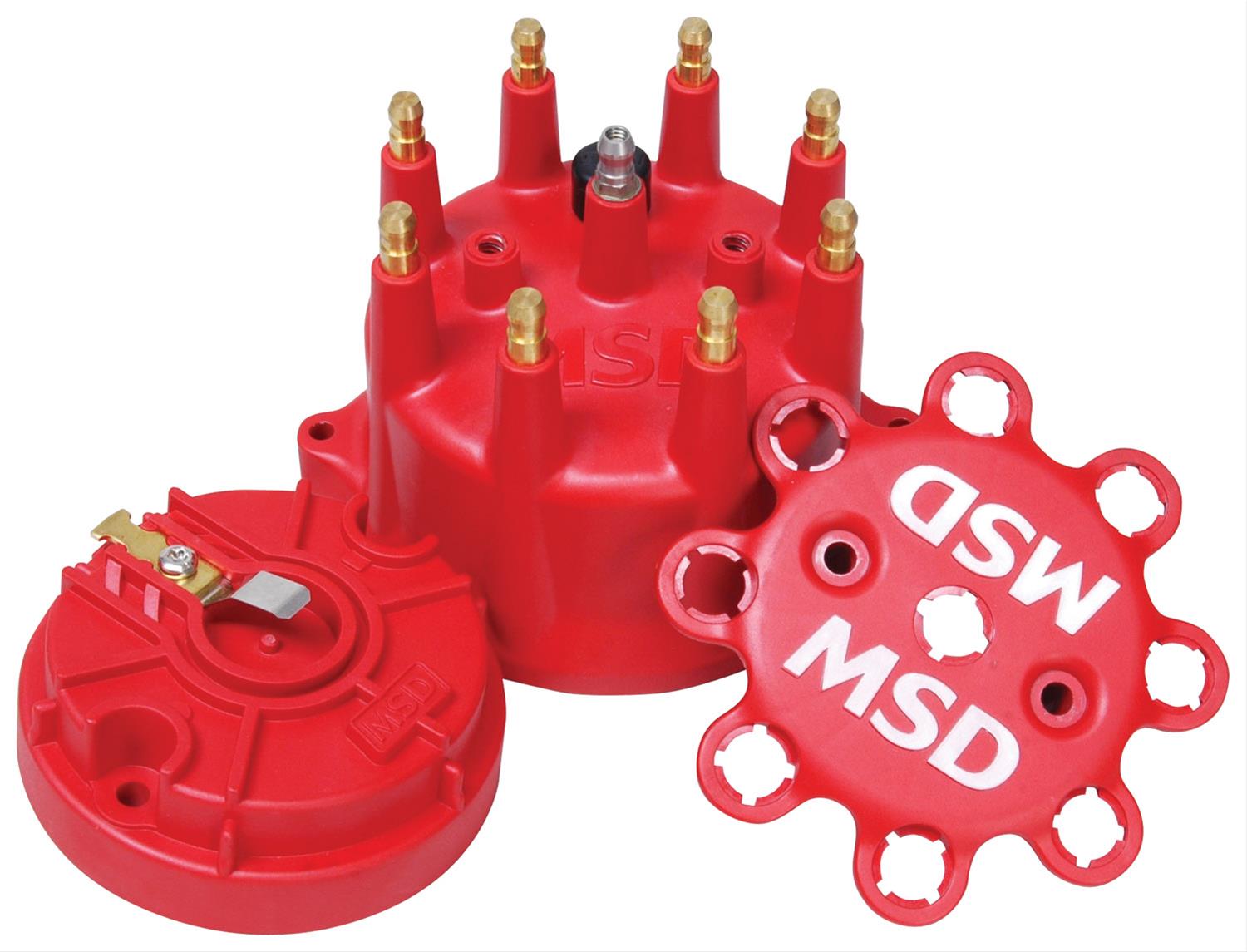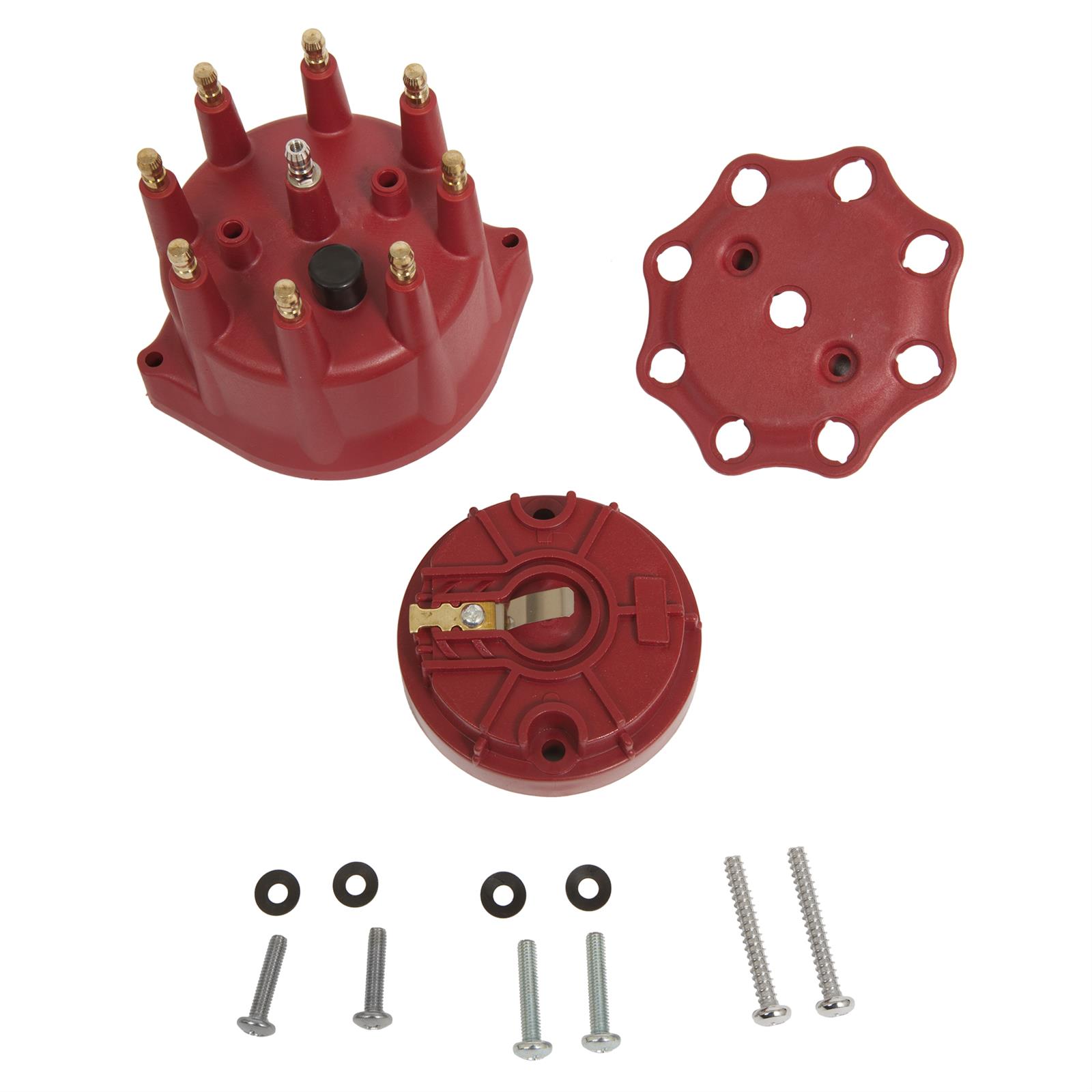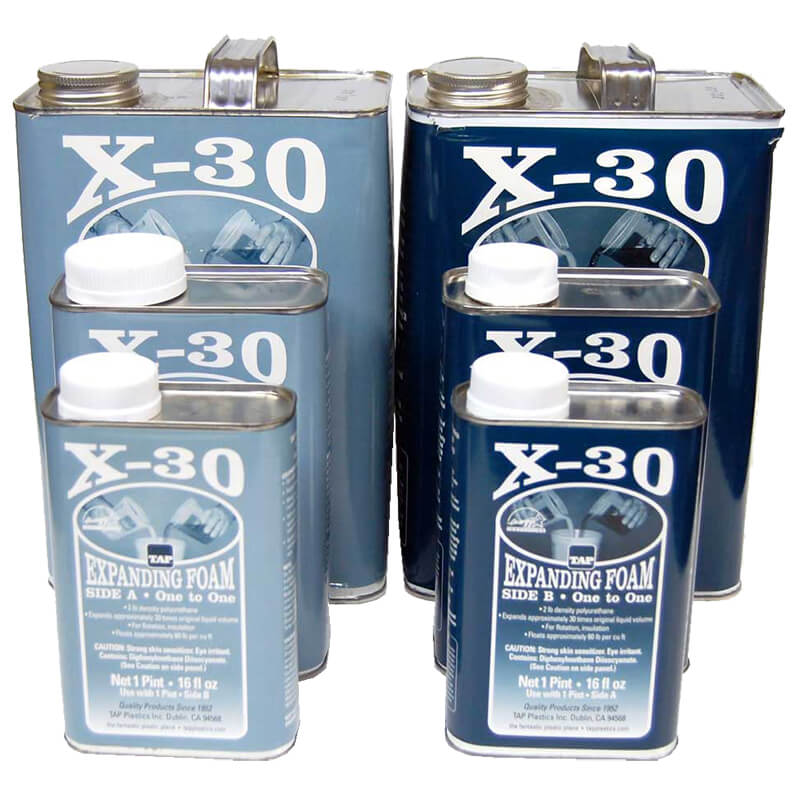Roger Reid
Supporter
Howard, I agree with you that setting the rear upright at vertical (at ride height) is correct. I believe it was designed that way. Howard you know all this stuff but just because this is an interesting subject...
The SLC rear double A arm suspension toe in is set by adjusting the length of the toe link. The washers above and below the outer toe link set the bump steer. Set the outer toe link too low and during suspension compression the wheel will move towards toe out (bump steer). Set the outer toe link too high and the wheel will move to toe in during suspension compression (bump steer). Set it just right and bump steer is minimized. I believe current thought is that if bump steer cannot be completely dialed out, it is better to move towards toe in than toe out. I believe this is because toe in during bump or rather roll will cause the wheel to resist rear oversteer. If the outboard rear wheel in roll went to toe out it would encourage oversteer. When the rear caster at ride height is set to zero or vertical it would only stay at zero if the two A arms were parallel. They are not. Other things that come into play are anti squat and anti dive.
Fred Puhn in his book was referring to trailing link radius rods. If the radius rods caused the wheel to move rearward during roll or bump that would induce toe out or oversteer. The opposite would cause toe in or understeer.
One thing Fred mentions in his book is to keep a log of setups and record your results. If you make a change to the worse, you can always go back.
The more you read about suspension setups you realize how much you really don’t know. Admittedly I don’t know Jack. But I do know he has a wife named Loda and two kids named Fulla and Bull.
Now if rear bump steer has been dialed out and the rear kingpin angle is zero there must be 8 plus inches of scrub radius... does rear caster really exist?
The SLC rear double A arm suspension toe in is set by adjusting the length of the toe link. The washers above and below the outer toe link set the bump steer. Set the outer toe link too low and during suspension compression the wheel will move towards toe out (bump steer). Set the outer toe link too high and the wheel will move to toe in during suspension compression (bump steer). Set it just right and bump steer is minimized. I believe current thought is that if bump steer cannot be completely dialed out, it is better to move towards toe in than toe out. I believe this is because toe in during bump or rather roll will cause the wheel to resist rear oversteer. If the outboard rear wheel in roll went to toe out it would encourage oversteer. When the rear caster at ride height is set to zero or vertical it would only stay at zero if the two A arms were parallel. They are not. Other things that come into play are anti squat and anti dive.
Fred Puhn in his book was referring to trailing link radius rods. If the radius rods caused the wheel to move rearward during roll or bump that would induce toe out or oversteer. The opposite would cause toe in or understeer.
One thing Fred mentions in his book is to keep a log of setups and record your results. If you make a change to the worse, you can always go back.
The more you read about suspension setups you realize how much you really don’t know. Admittedly I don’t know Jack. But I do know he has a wife named Loda and two kids named Fulla and Bull.
Now if rear bump steer has been dialed out and the rear kingpin angle is zero there must be 8 plus inches of scrub radius... does rear caster really exist?

























